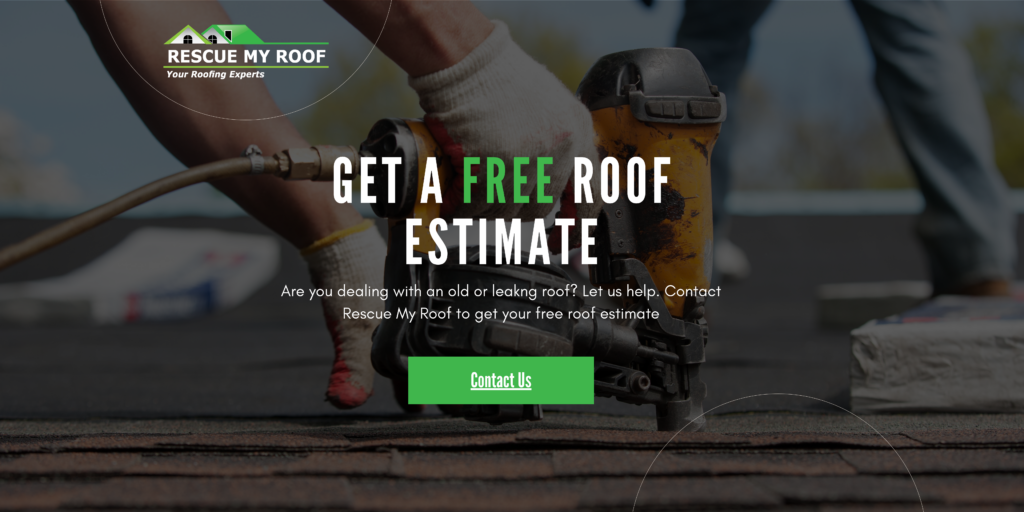How Long Does Vinyl Siding Last? (Lifespan, Maintenance, & More)
Siding is crucial to prevent your home from costly damage. So when it comes time to replace it, durability is a crucial factor.
Vinyl siding has become a popular choice for homeowners due to its affordability, aesthetic appeal, and low maintenance. But once you make a costly investment, you don’t want to have to replace your siding again anytime soon. So, homeowners often wonder, how long does vinyl siding actually last?
For over a decade, Rescue My Roof has been a leading educator in the roofing industry, helping homeowners learn everything they need to know to keep their homes safe.
This comprehensive guide will explore the longevity of vinyl siding, the factors that influence its lifespan, and how to ensure it remains in top condition for years to come.
Vinyl Siding

Vinyl siding is made from polyvinyl chloride (PVC) resin, which makes it a durable and versatile material for exterior cladding. It comes in a wide range of colors and styles, mimicking the appearance of wood, stone, and other traditional materials without the associated maintenance issues.
Average Lifespan of Vinyl Siding
On average, vinyl siding can last between 20 to 40 years. However, this lifespan can vary significantly based on several factors, including:

- Quality of the Siding: Higher-quality vinyl siding, which often comes with better manufacturing processes and thicker materials, tends to last longer than lower-quality options.
- Installation: Proper installation is crucial for maximizing the lifespan of vinyl siding. Poor installation can lead to warping, buckling, and moisture infiltration, all of which can shorten its life.
- Maintenance: While vinyl siding is low maintenance, regular cleaning and occasional inspections can help extend its lifespan by preventing mold, mildew, and other issues.
- Climate and Weather Conditions: Vinyl siding in areas with extreme weather conditions, such as intense sunlight, heavy rain, or strong winds, may experience more wear and tear, potentially reducing its lifespan.
- Exposure to UV Rays: Prolonged exposure to UV rays can cause fading and brittleness in vinyl siding. UV-resistant coatings can help mitigate this effect.
Factors Influencing Vinyl Siding Longevity
- Quality and Thickness: Thicker, high-quality vinyl siding is more resistant to impact and weathering. Look for siding with a thickness of at least 0.044 inches for better durability.
- Color and Coating: Darker colors may absorb more heat, leading to expansion and contraction that can cause damage over time. UV-resistant coatings can protect against fading and degradation.
- Proper Ventilation: Ensuring proper ventilation behind the siding can prevent moisture buildup, reducing the risk of mold and mildew growth.
- Regular Maintenance: While vinyl siding is low maintenance, regular cleaning with a mild detergent and water can remove dirt, grime, and pollutants that could otherwise cause damage.
Signs of Aging and When to Replace Vinyl Siding
Even with proper care, vinyl siding will eventually show signs of aging. Here are some indicators that it may be time to consider replacement:
- Fading and Discoloration: Significant fading and discoloration can diminish the aesthetic appeal of your home. While some fading is natural over time, excessive fading may indicate that the siding has reached the end of its useful life.
- Cracking and Warping: Cracks, warps, and buckles in the siding can compromise its ability to protect your home from the elements.
- Mold and Mildew: Persistent mold and mildew growth, especially if it reappears after cleaning, can indicate moisture issues that may require siding replacement.
- Loose or Missing Panels: Loose or missing panels can expose your home to moisture and pests, necessitating repair or replacement.
- Increased Energy Bills: If you notice a sudden increase in your energy bills, it could be due to compromised insulation properties of aging siding.
Top Tips to Extend the Lifespan of Vinyl Siding
- Choose High-Quality Siding: Investing in high-quality vinyl siding can provide better durability and longevity.
- Professional Installation: Ensure your siding is installed by experienced professionals who follow manufacturer guidelines.
- Regular Cleaning: Clean your siding annually with a garden hose and a soft-bristle brush to remove dirt and debris.
- Inspect for Damage: Periodically inspect your siding for signs of damage, and address any issues promptly to prevent further deterioration.
- Protect from UV Rays: Consider using UV-resistant coatings or choosing lighter colors to reduce heat absorption and prevent fading.
Maximizing Vinyl Siding’s Lifespan
Vinyl siding is a durable and cost-effective option for homeowners looking to enhance their home’s exterior. With proper care and maintenance, vinyl siding can last between 20 to 40 years, providing long-lasting protection and aesthetic appeal.
By choosing high-quality materials, ensuring professional installation, and performing regular maintenance, you can maximize the lifespan of your vinyl siding and enjoy its benefits for many years to come.
Read “4 Best Vinyl Siding Practices” and “Top 5 Issues With Vinyl Siding” to learn more.
Are you looking for a reputable vinyl siding contractor in southeastern Wisconsin? Rescue My Roof has got you covered. Contact us today and get a free estimate.


